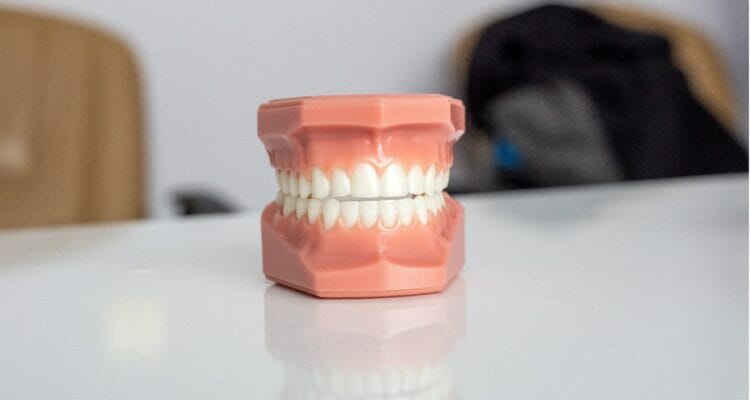As your mouth, teeth, and gums are essential for eating, speaking, and breathing properly, taking good care of them is important for your overall health and well-being.
Unfortunately, many high-risk behaviors can impact your oral and dental health — and one of the most common is smoking.
The CDC’s report on tobacco use indicates that dental problems are significantly more common among smokers.
Over 40% of adult smokers have untreated tooth decay, while about 43% of current smokers aged 65 or older have lost all their teeth.
If you currently smoke cigarettes and other tobacco products, it helps to be aware of how damaging the habit can be to your oral health.
As such, this article outlines the dental risks associated with smoking and how to prevent and manage these risks.
The effects of smoking on dental health
Since smoking is largely an oral habit, your mouth, teeth, and gums are directly exposed to the harmful chemicals in tobacco. In particular, the sticky, brown substance tar can quickly stain your teeth and turn them yellow.
The longer you smoke, the more likely the discoloration will darken and turn almost brown.
On top of the smell of tobacco smoke, active smoking dries out the mouth and contributes to the stench behind the smoker’s breath.
The chemical compounds and ingredients in cigarettes may also alter the saliva levels in your mouth and allow bacteria to develop quickly — eventually leading to plaque formation and tartar buildup around your teeth and along the gum line.
It’s also possible for bacteria in the mouth to infect and cause inflammation to the tissue around the tooth, leading to periodontal disease.
A Tobacco Induced Diseases study on smoking’s impact on the gums and teeth found that smokers have the most severe form of periodontal disease, known as periodontitis.
As periodontitis progresses, the gum pulls away from the tooth, resulting in tooth decay, bone loss, and missing teeth.
Tips on dental health care for smokers
Use NRTs as cessation aids
Considering the oral health risks of smoking, quitting is the healthiest way to prevent or manage dental concerns.
But because it’s hard to kick the habit, smokers can first rely on nicotine replacement therapy (NRT) with an oral delivery format to keep their mouths busy and, at the same time, suppress tobacco cravings.
Among the range of oral NRTs on Prilla, the On! nicotine pouches are smokeless and tobacco-free, so users won’t be affected by the harmful chemicals in cigarettes that stain your teeth and cause bacteria to build up.
On top of flavors like cinnamon and wintergreen that help freshen your breath, these pouches come in an ultra-compact, mini-dry format to prevent excessive drip when tucking them under your lip for nicotine relief.
Aside from pouches, oral NRTs can also come in the form of gums that provide a nicotine buzz upon chewing.
2023 research from PubMed Central suggests nicotine gums as an effective intervention among smokers who need to improve their oral health.
The article also discussed another study where Nicorette gum was found to help in tooth stain reduction and shade lightening. Oral healthcare providers are also incentivized to recommend this product to their smoke patients as it is easily accessible over the counter.
Practice proper dental hygiene
Proper dental hygiene must also be a priority among current and former smokers.
Thus, a previous post on ‘Ways to Prevent Tooth Decay’ strongly recommends drinking plenty of water and reducing your intake of sugary beverages to keep your mouth moist for saliva production, which naturally protects your teeth.
On top of brushing your teeth and flossing, rinsing with mouthwash can also help control the growth of bacteria and the smell of your breath.
You must visit your dentist regularly, ideally every 6 to 12 months, for proper advice on caring for your teeth.
Dentists may also prescribe medication for smoking cessation if NRTs and other quitting methods are not enough for you.
If you’re searching for more resources on dental and oral health care, check out the rest of the articles here at Wellness Warrior.
